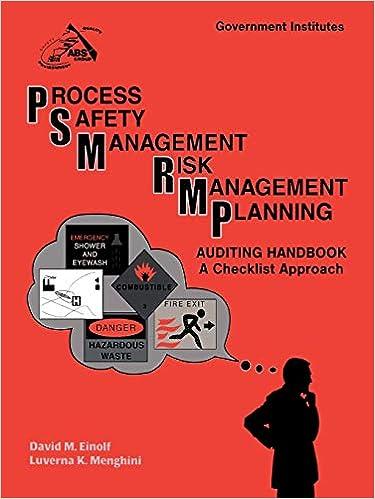conditions, whether the issuer's assumption, which it had also issuer's industry and the general deterioration in economic used in prior years, that certain inventory required to review Excluded from its impairment testing a significant portion of for impairment was still applicable in the year under at selected inventory items for testing from those for which the the inventory that may have been impaired, because the Firm Failed to evaluate the reasonableness of certain of the signifi value estimates of inventory and investments in joint ventut cant assumptions that the issuer used in determining the fair tions that the Firm used when developing an independent est Failed to obtain support for certain of the significant assut mate of the fair value of one category of inventory; and Failed to test items in a significant category of inventory, which consisted of all items with book values per item below a Firm-specified amount that was over 70 percent of the The Firm failed to perform adequate audit procedures to evaluate the issuer's assertion that losses related to the issuer's guarantees What is the auditor's responsibility to consider information outside of the client's records and processing to develop suff- (the primary assets to re-evaluate, issuer already had recorded impairment charges; O . to inventory that had already been assessed as impaired by Firm's planning materiality. of certain joint venture obligations were not probable, because the Firm's procedures were limited to inquiry of management cient and appropriate audit evidence? b. Why did the PCAOB consider the identified items as critical mistakes in performing an audit? What is the critical error of omission by the audit firm? Why would the specific problem lead to a deficiency in sufficient appropriate evidence? c. Why is inquiry of management not considered sufficient evi- dence by itself? d. Assumptions are assumptions! What is the auditor's responsi- bility regarding the questioning of the assumptions used by the client? Keep in mind that the client will claim that assumptions are just assumptions; it is difficult to say that one assumption is more correct than another assumption. e. What do the deficiencies identified by the PCAOB suggest about the level of professional skepticism on the audit engage ments? What might be reasons for decreased professional skepticism? f. How could a standardized audit program lead to some of the problems identified earlier, such as failing to test a category inventory that had book value in excess of 70% of the firm's planning materiality, or limiting the testing of impairment management







